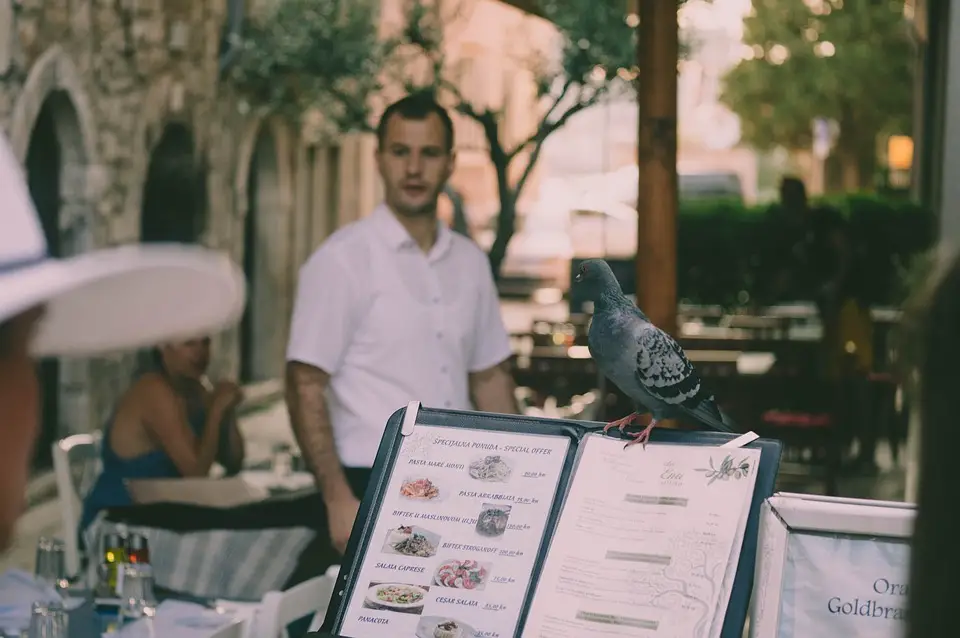As Poslovni Dnevnik/Marija Crnjak writes, even if the 2021 tourist season ends with the realisation of over 70 percent of the physical and financial results from back in pre-pandemic, record 2019, Croatian tourist industry recovery is far from set in stone. This hard-hit sector expects strong medium-term consequences of the coronavirus crisis.
The biggest challenges that companies operating within this sector are already facing are the decline in profitability and the severe personnel/staffing crisis, which will lead to a decline in the level of investment and a decline in added value and quality of the service.
This is the result of an incredible drop in income last year and a reduction in the number of workers in tourism, according to a financial analysis of the Croatian hospitality sector conducted by the 505 Consulting (Savjetovanje) company based on annual reports published by Fina.
Director Sanja Cizmar points out that these indicators must be taken into account in all further expectations of Croatian tourist industry recovery in the future, regardless of the possible good results this season.
“The analysis shows that in terms of financial effects, this is the strongest tourism crisis of the last century. Of particular concern are two indicators, the first is the rate of reduction of disposable earnings before interest, depreciation and taxes (EBITDA) of as much as 86 percent compared to the market norm from back in 2019, which jeopardises the investment potential of tourism in the medium term.
Another alarming figure is the reduction of the number of employees in the sector by 15 percent in just one single year, including permanent and seasonal workers, which is worrying due to the transfer of employees to other sectors, which also further complicates the already complex conditions for attracting employees,” revealed a worried Cizmar.
Last year, the accommodation and catering/hospitality sector (with the exception of craft owners who don’t have published reports from Fina) saw a 44 percent drop in revenue compared to 2019, operating profit fell by 86 percent and 89 percent in the hotel business, and labour costs fell by an average of 12 percent, with the largest taking place in the accommodation segment (hotels and campsites) – amounting to 14 percent.
At the same time, the accommodation segment fared significantly worse than cafes and restaurants did, where the number of employees per hour worked fell by 5 percent, compared to a high 26 percent in hotels and camps.
The drop in net profit margin in the accommodation business stood at a worrying 35 percent. It is interesting to note that micro and small enterprises have shown a higher degree of resilience to the coronavirus crisis when compared to medium and large companies, pointed out Cizmar.
In addition to that, micro and small enterprises operating in tourism (excluding craft/obrt owners) generate as much as 61 percent of the total income of the tourism sector in Croatia and employ 68 percent of the total average number of employees based on working hours alone.
“Micro and small companies have shown greater resilience to this crisis, given the lower rate of revenue decline and the lower share of revenue loss. This is partly due to the pronounced seasonal concentration of tourist demand in 2020. Medium-sized and large enterprises generally have a more balanced business throughout the year, and last year they had an extremely high seasonality due to the pandemic and population mobility,” explained Cizmar.
In any given normal market period, tourism directly and indirectly employs 23 percent of all workers in the country, and generates 11 percent of total investments. The dramatic negative impact of the coronavirus crisis will therefore have far-reaching consequences, not only on employment and the financial accumulative power of the sector but also on the investment potential and operations of other, related segments of the economy, warned the author of the analysis.
The height of this tourist season is going well, and at the level of the year, depending on maintaining the stability of the epidemiological situation, we can expect over 70 percent of the physical and financial effects of tourism in normal market years, but again, this does not equal Croatian tourist industry recovery following such a blow.
”While last year the biggest challenges were in restructuring the business in terms of cost rationalisation for survival, this year the key challenges are operational in nature, how can we ensure the quality of services when burdened by a severely reduced number of employees?” asked Cizmar rhetorically.
She pointed out that Croatia’s focus when it comes to tourism should be on preserving its competitiveness in the Mediterranean, and that the issue of labour is crucial here. Therefore, we need to activate additional joint and coordinated activities of all stakeholders from the public and private sector to attract employees to the tourism sector.
This will certainly not be helped by a drop in wages of an average of 9 percent in tourism, which is also a consequence of the pandemic-induced crisis, but this trend further highlights the gap between average wages in hospitality in Croatia and those abroad, and negatively affects the long-term competitiveness of this sector, the analysis explained.
For more on Croatian tourist industry recovery, follow our business section.








